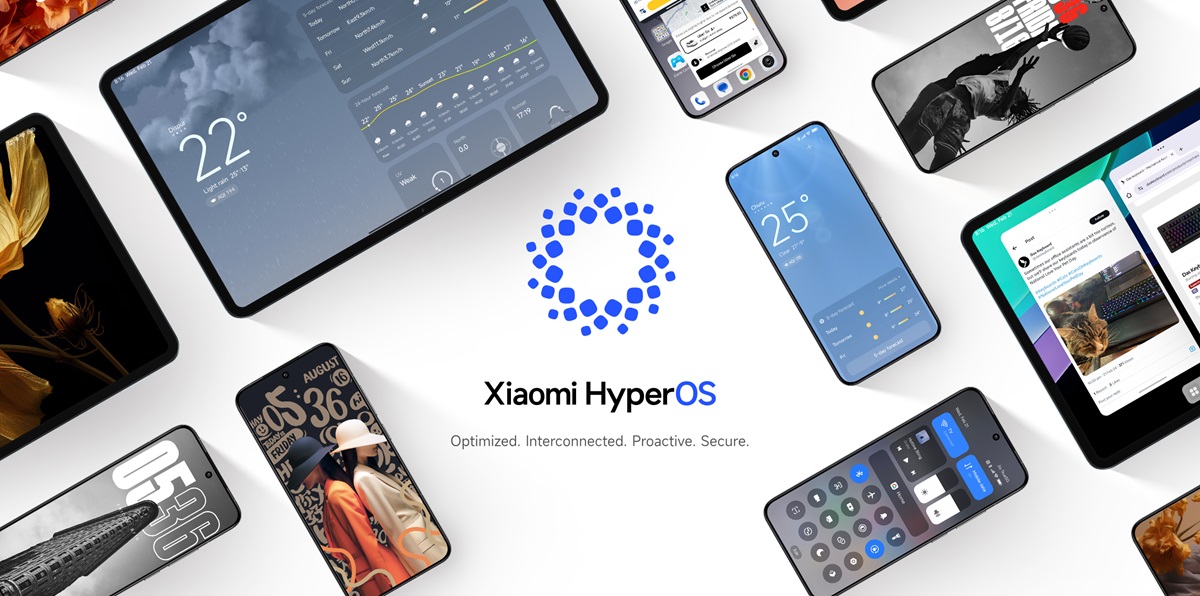What is HyperOS, Xiaomi’s plan to connect phones, cars, and homes?
Xiaomi, which started as an unassuming custom ROM project in 2010, has now changed into a worldwide partnership with tasks in north of 100 nations. The organization's prosperity was at first energized by its financial plan cell phones. With a significant convergence of capital, the organization calculated that it could venture into different portions too. Enter Xiaomi headphones, Xiaomi air purifiers, and all the more as of late, the Xiaomi SU7 EV. Xiaomi's item 'environment' is ostensibly greater than even Apple's. While Xiaomi's equipment has seen huge development lately, its product expected to advance to hold pace and associate these gadgets together. This is where HyperOS becomes possibly the most important factor. What is HyperOS? At its Xiaomi 14 send off occasion at MWC Barcelona, the organization called HyperOS a 'Human x Vehicle x Home' brilliant environment, "a framework with people at the middle." That gives a thought of what's going on with the operating system yet doesn't make sense of a lot. Fundamentally, HyperOS is an aggregate term that incorporates Xiaomi's different working frameworks across its whole environment.

This reaches from cell phones to brilliant home items, and even vehicles sooner rather than later. Thusly, HyperOS comes pre-introduced on a portion of its most recent gadgets, including the Xiaomi 14 series and the Watch S3. Xiaomi needs to interface these gadgets with the HyperConnect structure, which it says is coordinated across all gadgets. For IoT items, HyperOS use the open-source Xiaomi Vela stage, which depends on the open-source RTOS/NuttX. For cell phones and tablets, HyperOS is based on AOSP. Considering that MIUI likewise utilized AOSP, it's not unexpected for find that HyperOS bears likenesses to MIUI, aside from a couple of UI changes and the expansion of generative computer based intelligence highlights. How's HyperOS unique in relation to MIUI? In its public statement for HyperOS, Xiaomi makes reference to upgrades like broad rebuilding of specialized modules like the document framework, memory the executives, and organization framework. However it neglects to make sense of the specialized subtleties of how the update varies from MIUI past these couple of upgrades. In our audit of HyperOS, we noticed how it improves smoothness with new movements and highlights new symbols and some UI changes. Yet, other than this, it truly isn't too not quite the same as MIUI. The versatile working framework, in any event, has gotten all the more a rebrand rather than a complete reconstruct. What are the greatest enhancements for HyperOS for cell phones? A portion of the improved smoothness can maybe be credited to Xiaomi's streamlining of operating system stockpiling, which cuts down the space involved by MIUI 14 from 12.53GB to simply 9.14GB.
